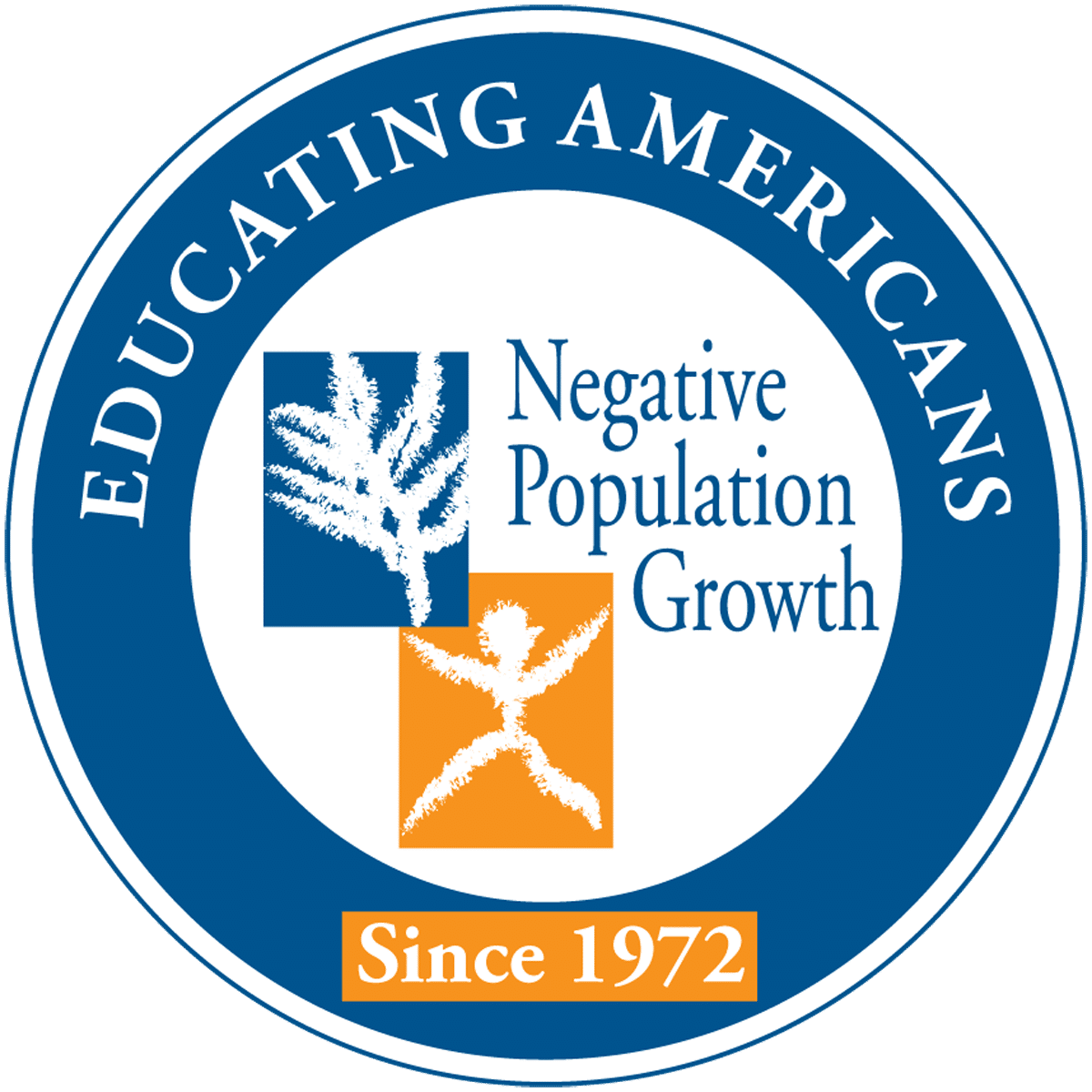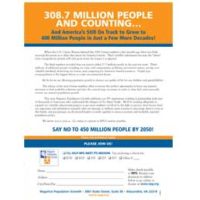All in the Family: Preferences for Relatives Drive U.S. Immigration and Population Growth
- Jessica Vaughan
- January 3, 2011
- Forum Papers
- Forum Paper
- 0 Comments
By Jessica Vaughan
Introduction and Key Findings
The United States has just concluded the largest decade of immigration in its history. From 2000-2009 more than 10 million legal immigrants settled here.1 This surpasses the levels of both the early 20th century, which for a long time was the high water mark of immigration to the United States, and the 1990s, which is now the second largest decade of immigration in U.S. history (see Figure 1).
Unlike earlier times, when immigration came in distinct waves, the last two decades are simply an accelerated continuation of a more than 70-year upward trend in annual immigration. Continuing high immigration has had a significant impact on U.S. population growth. Immigration, counting both new admissions and births to immigrant women, was responsible for three-fourths of the growth in our population growth in the last decade.2 If current trends continue, immigration will add another 100 million people to the United States in the next 50 years, including children born to immigrants in the United States.3 This paper will explore the primary component of U.S. immigration – family-based immigration – and recommend ways to change the laws and regulations so as to help reverse the steep growth of recent decades.
Read the full paper – Click here for a downloadable, printable PDF version
Jessica M. Vaughan is Director of Policy Studies at the Center for Immigration Studies, a research institute in Washington, DC. Prior to joining the Center she was a consular officer with the U.S. State Department.

